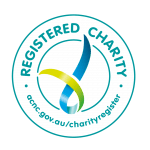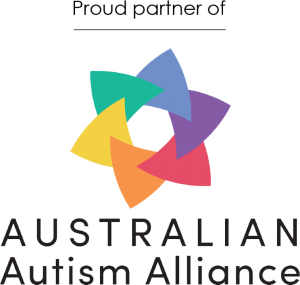Since 2013, diagnosis of autism in Australia is made in accordance with the American Psychiatric Association’s Diagnostic and Statistical Manual of Mental Disorders, Fifth Edition – also known as the DSM-5. Sometimes the International Statistical Classification of Diseases and Related Health Problems, Tenth Edition (ICD-10), is also referred to. Prior to this time, previous editions of the DSM were used.
Extensive research into autism has led to an increased understanding of its characteristics. This knowledge base contributed to the revised description of autism found in the DSM-5. The DSM-5 describes autism as having two main areas of impairment: “social communication” and “restricted, repetitive patterns of behaviour, interests and activities”. Differences in sensory perception are included in the second domain.
‘Dimensional elements’ – level 1, 2 or 3 – were also introduced in the DSM-5. This rating system indicates the level of support required by the individual in each domain and reflects the broad spectrum of ways in which autism affects different people. Level 1 indicates that the individual “requires support”, level 2: “requires substantial support” and level 3: “requires very substantial support”. These levels are a guide for planning only and should not be used as an assessment indicator for long term support needs. Levels of support indicators are attributed to each of the two main domains, so it is possible for an individual diagnosed under the DSM-5 to have two different ratings of required support.

 Autism Tasmania acknowledges the Australian Aboriginal people as the first inhabitants of the nation and the traditional custodians of the lands where we live, learn, and work.
Autism Tasmania acknowledges the Australian Aboriginal people as the first inhabitants of the nation and the traditional custodians of the lands where we live, learn, and work. 
